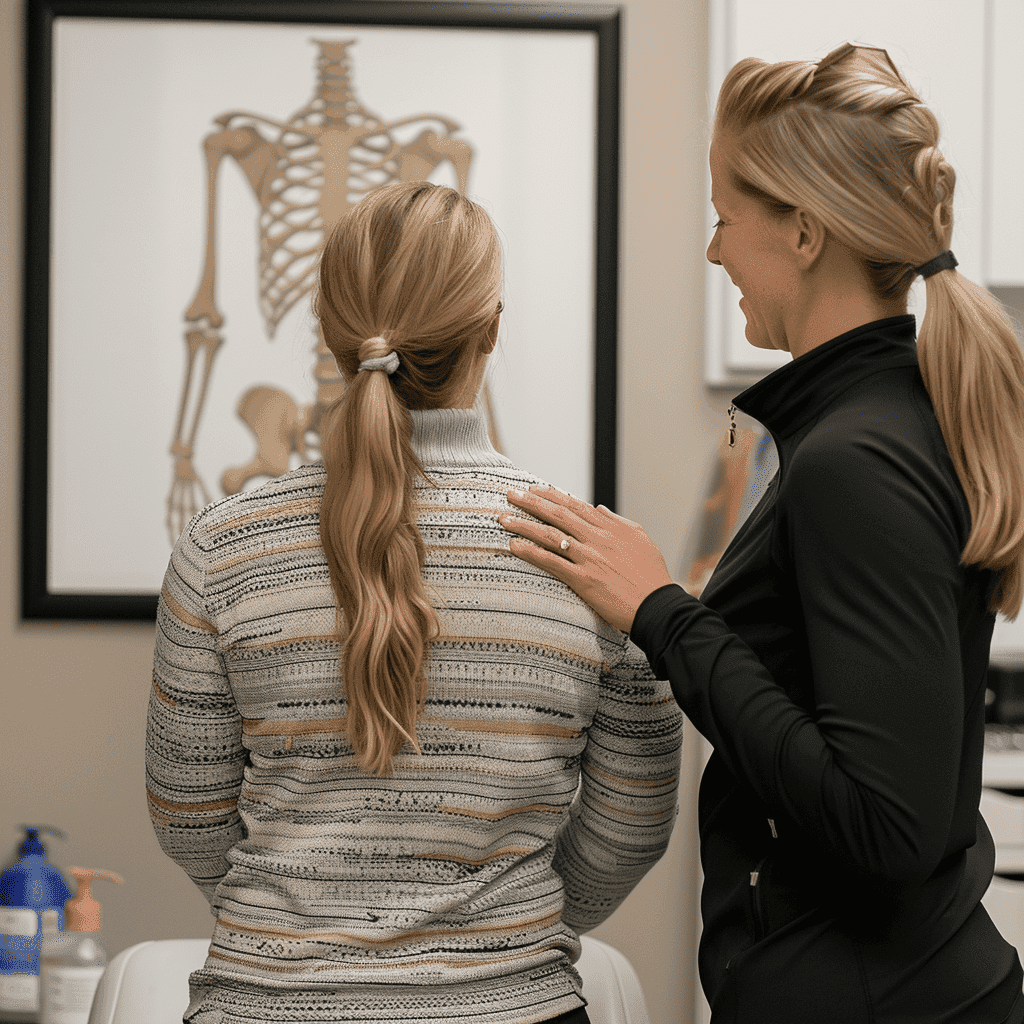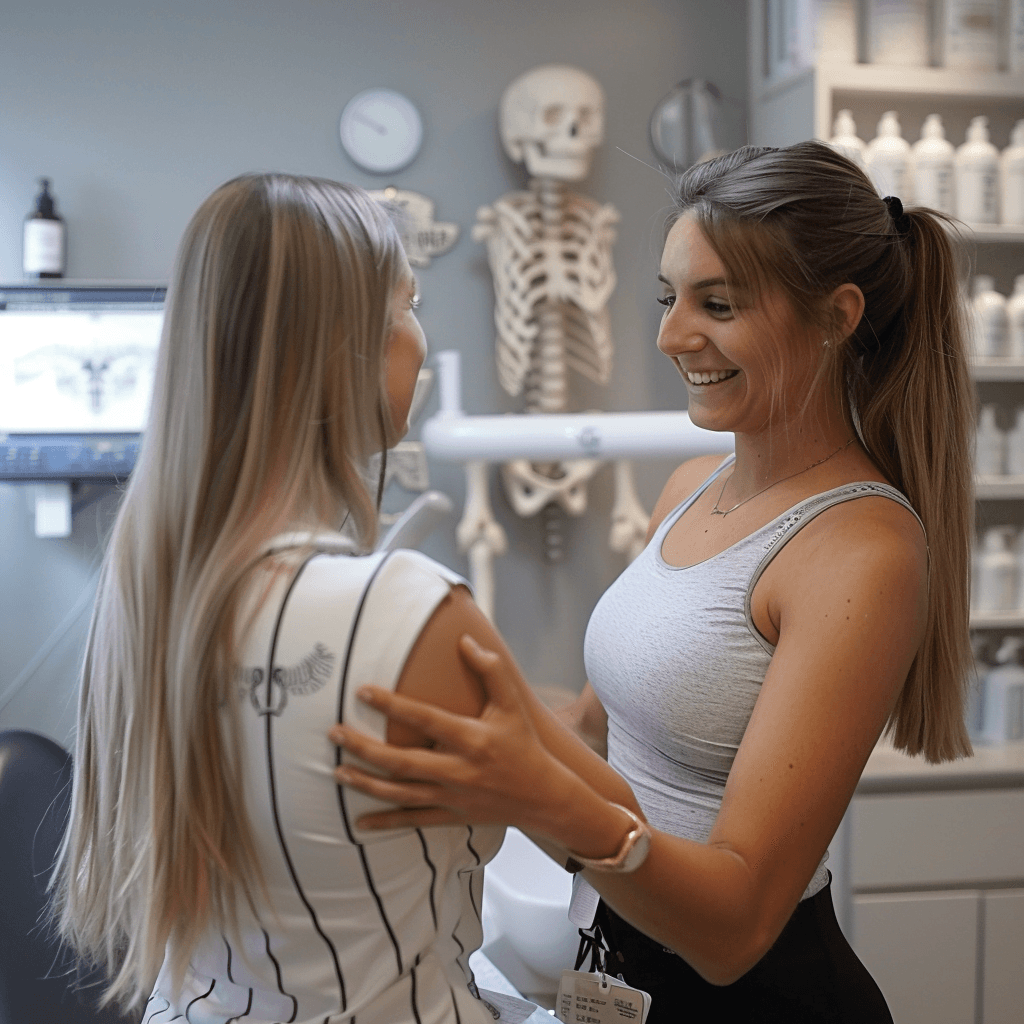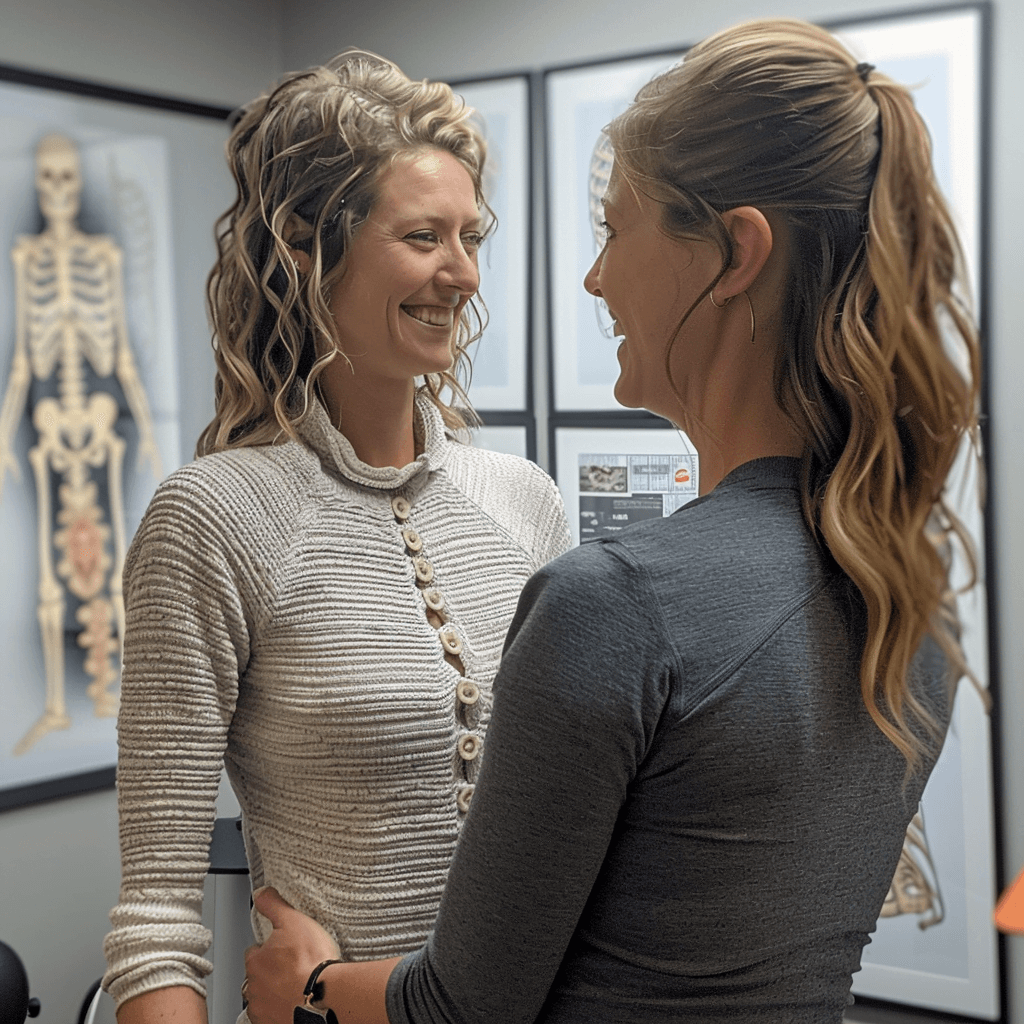Scoliosis, a condition characterized by an abnormal lateral curvature of the spine, affects millions worldwide, presenting various challenges in daily life and overall health. Chiropractic care offers a unique, non-invasive approach to managing scoliosis, emphasizing spinal adjustment, pain relief, and improved function. This comprehensive guide explores the role of chiropractic treatment in scoliosis management, detailing traditional and specialized techniques, setting realistic expectations, and guiding patients toward effective care.
Comprehensive Understanding of Scoliosis
Before exploring the specifics of chiropractic care for scoliosis, it’s crucial to understand the condition’s basics. Scoliosis is not merely a physical ailment but a complex condition affecting an individual’s quality of life.
Overview of Scoliosis
Scoliosis is characterized by an S-shaped or C-shaped curvature of the spine, visible in an x-ray as a deviation from the spine’s normal straight line. While it can occur at any age, it’s most commonly diagnosed in adolescence. The cause of scoliosis varies, including congenital spine deformities, genetic conditions, and neuromuscular problems, though most cases are idiopathic, meaning the cause is unknown.

Common Symptoms Associated with Scoliosis
Symptoms of scoliosis can range from mild to severe and may include visible curve in the spine, uneven shoulders or waist, one hip higher than the other, and in severe cases, pain and difficulty with breathing due to reduced lung capacity. The physical manifestations of scoliosis can also lead to psychological distress, affecting self-esteem and social interaction.
Professional Diagnosis of Scoliosis
Diagnosing scoliosis involves a physical examination and imaging tests, such as X-rays, MRI, or CT scans, to assess the spine’s curvature. Early detection is key to managing the condition effectively, highlighting the importance of regular check-ups during childhood and adolescence.
Traditional vs. Scoliosis-Specific Chiropractic Approaches
Chiropractic care for scoliosis is twofold, involving traditional chiropractic techniques and methods specifically tailored for scoliosis management. Understanding these approaches provides insight into how chiropractors address the unique needs of scoliosis patients.
Conventional Chiropractic Methods for Scoliosis
Traditional chiropractic care focuses on spinal manipulation to improve adjustment, relieve pain, and enhance mobility. While these techniques can offer symptomatic relief for scoliosis patients, they do not specifically target the curvature of the spine.

Adapted Chiropractic Techniques for Scoliosis Management
Scoliosis-specific chiropractic treatment goes beyond general spinal adjustment to address the unique challenges of scoliosis. These techniques may include specialized adjustments, exercises, and bracing methods designed to stabilize and reduce the spinal curvature, alongside regular monitoring to track progress.
Chiropractic Care for Scoliosis
The primary goals of chiropractic care in scoliosis management are to relieve pain, improve posture, increase mobility, and offer a non-invasive treatment option. These objectives guide the therapeutic process and inform the development of personalized treatment plans.
Alleviating Acute and Chronic Pain
Pain relief is a fundamental aspect of scoliosis treatment. Chiropractic adjustments can help alleviate the discomfort associated with spinal misadjustment, providing significant relief from both acute and chronic pain without the need for medication or surgery.
Promoting Enhanced Postural Adjustment
Improving posture is crucial for individuals with scoliosis. Chiropractic care aims to readjust the spine to a more natural position, which can help reduce the appearance of scoliosis’ physical symptoms and support a healthier posture.
Facilitating Greater Mobility and Flexibility
Scoliosis can restrict movement and decrease flexibility. Through targeted adjustments and exercises, chiropractic treatment can help enhance spinal mobility, allowing patients to engage in activities with greater ease and less discomfort.
Emphasizing the Non-Surgical Nature of Chiropractic Care
For many patients, the prospect of spinal surgery is daunting. Chiropractic care offers a non-surgical alternative that can manage scoliosis symptoms and improve quality of life, making it an attractive option for those seeking less invasive treatment methods.
Setting Realistic Expectations for Scoliosis Management
Managing scoliosis with chiropractic care requires a realistic understanding of what the treatment can achieve. While significant improvements are possible, it’s important to have clear expectations from the outset.
Understanding the Limits of Chiropractic Care in Scoliosis Correction
Chiropractic treatment can offer symptom relief and improve spinal function, but it is not a cure for scoliosis. The primary aim is to manage the condition, reduce the risk of progression, and enhance the patient’s quality of life.
Evaluating Chiropractic Expertise in Scoliosis Treatment
Not all chiropractors have specialized training in scoliosis management. Seeking a practitioner with experience and success in treating scoliosis patients is crucial for achieving the best outcomes.

Criteria for Diagnosing Scoliosis
Effective treatment begins with accurate diagnosis. A chiropractor skilled in scoliosis care will use comprehensive assessment methods to understand the curvature’s extent and nature.
Strategies for Treating Scoliosis
The treatment strategy should be customized to the patient’s specific condition, considering the curvature’s severity, location, and the patient’s age and overall health. This may involve a combination of adjustments, exercises, and possibly bracing.
Initial Patient Assessment in Chiropractic Practice
The first step in chiropractic treatment for scoliosis involves thoroughly assessing the patient’s spinal condition, flexibility, and overall health to develop an effective treatment plan.
Evaluating Spinal Rigidity and Flexibility
Assessing the spine’s rigidity and flexibility helps determine the most appropriate chiropractic techniques to use. This evaluation guides the customization of treatment to the patient’s needs.
Assessing Sensorimotor Integration
Sensorimotor integration, the ability of the nervous system to coordinate sensory input with motor output, is crucial in managing scoliosis. Chiropractic care aims to improve this integration, enhancing the body’s natural adjustment and function.
Gauging Patient Commitment to Treatment
The success of chiropractic treatment for scoliosis often depends on the patient’s commitment to follow the prescribed regimen, including attending regular sessions and performing recommended exercises at home.
Chiropractic Intervention Outcomes for Scoliosis
Understanding the potential outcomes of chiropractic interventions for scoliosis can help patients set realistic goals and measure their progress throughout the treatment journey.
Can Chiropractic Adjustments Rectify Scoliosis?
While chiropractic care cannot “cure” scoliosis, it can significantly manage the condition. Adjustments and therapeutic exercises aim to reduce the curvature, alleviate pain, and improve spinal function.
Insights into Chiropractic Adjustment Procedures for Scoliosis
Chiropractic adjustments for scoliosis involve gentle, targeted manipulation of the spine to reduce misalignment and improve mobility. These procedures are tailored to the individual’s specific curvature and symptoms.
Key Benefits of Opting for Chiropractic Care
Chiropractic care offers several benefits for scoliosis patients, including symptom relief, improved posture, enhanced mobility, and a non-invasive approach to management. These advantages make chiropractic an appealing option for many individuals seeking alternative treatments.
Easing Symptoms and Enhancing Comfort
The primary benefit of chiropractic care is the relief of scoliosis-related symptoms, improving the patient’s comfort and quality of life.
Relief from Discomfort and Pain
Pain management is a critical component of chiropractic treatment, offering an alternative to medication and surgical interventions.
Slowing the Progression of Scoliosis
Regular chiropractic care can help slow the progression of scoliosis, particularly important for growing children and adolescents.
Designing Effective Chiropractic Treatment Plans
Creating a personalized chiropractic treatment plan is essential for addressing the unique needs of each scoliosis patient, ensuring the best possible outcomes.
Developing Personalized Treatment Strategies
A successful chiropractic treatment plan for scoliosis is highly personalized, taking into account the individual’s specific condition, goals, and lifestyle. This tailored approach ensures that the treatment is effective and sustainable.
Exploring Comprehensive Treatment Options
An effective treatment plan may include a range of techniques, from spinal adjustments and physical therapy exercises to nutritional counseling and lifestyle modifications, all aimed at managing scoliosis more holistically.
Integrating Rehabilitative Exercises with Chiropractic Care
Rehabilitative exercises play a crucial role in scoliosis management, enhancing the effectiveness of chiropractic adjustments and supporting long-term spinal health.
Monitoring and Adjusting Treatment Plans
Ongoing monitoring and adjustment of the treatment plan are necessary to respond to the patient’s progress and changing needs, ensuring continuous improvement and optimal care.

